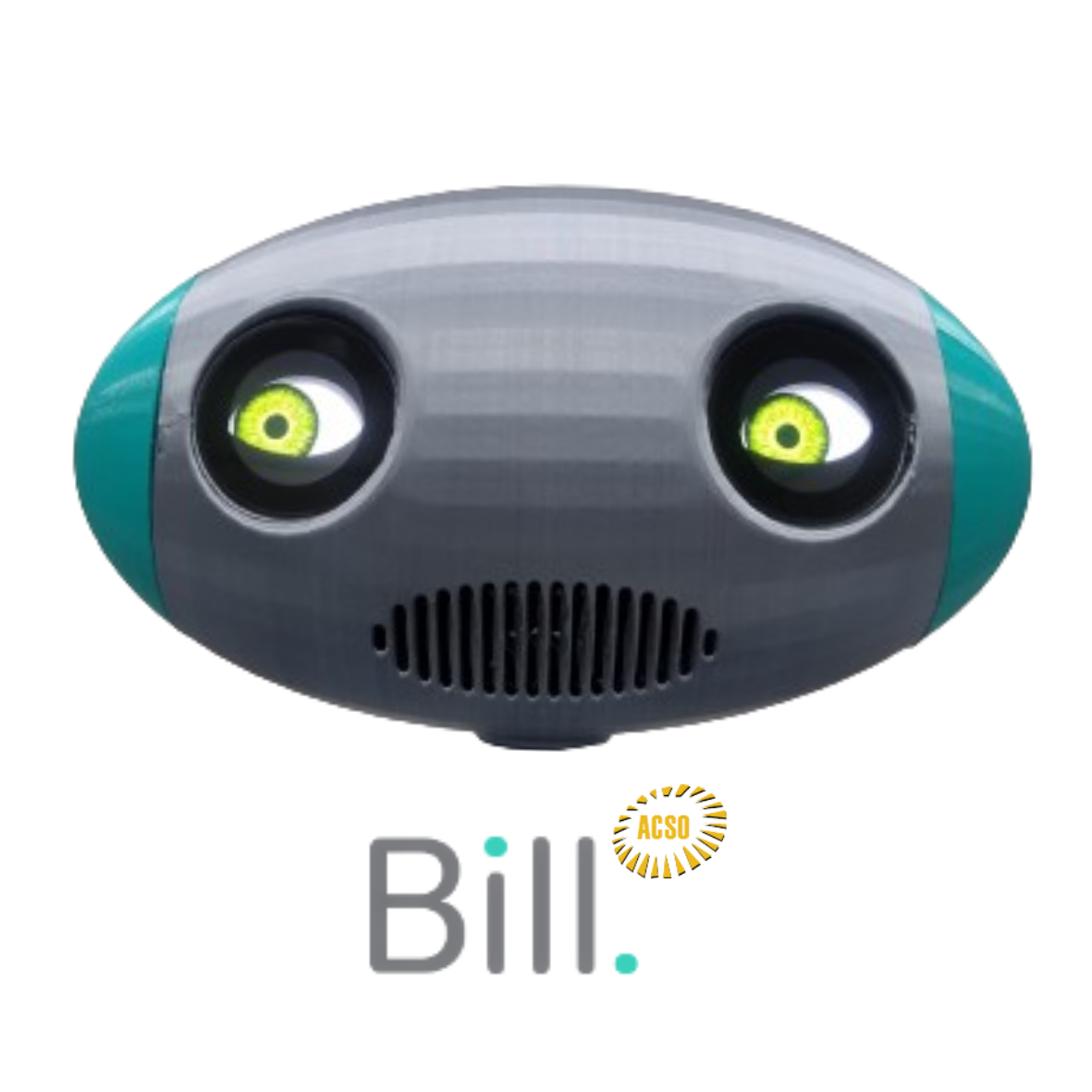About
The Center for Computer Architecture and Operating Systems (ACSO) is a research group located at the Bahia State University (Universidade do Estado da Bahia - UNEB) in the city of Salvador, Bahia, Brazil. UNEB is represented on robotics competitions by Bahia Robotics Team (BahiaRT). In 2013, BRT started developing a new team called BahiaRT@Home as an initiative to be a part of RoboCup@Home, which proposes several challenges in a non-standard and realistic domestic environment. Focus lies on the following domains but is not limited to: Human-Robot-Interaction and Cooperation, Navigation and Mapping in dynamic environments, Computer Vision and Object Recognition under natural light conditions, Object Manipulation, Adaptive Behaviors, Behavior Integration, Ambient Intelligence, Standardization and System Integration.
Bill’s architecture: The Bill’s architecture is basically divided into levels: the high level where are the strategies functions of the robot and the low level where are located controllers and drivers that send signals and receive commands of sensors. At the end of this paper has the list of the hardware and software used.

Bill Estranho (2025-01-25)
Do you want to know more about Bill's capabilities? Here is a list of what he is currently able to do:
- Navigation - Navigation is the keystone for efficient execution and environment interaction for robots. The components used by Bill for navigation are: encoders output,odometry, gmapping (ROS), move_base (ROS), Adaptive Monte Carlo Localization (AMCL) (ROS), mapserver (ROS) and 360◦laser scanner.
- People Tracker - The Kinect capabilities are highly explored for people tracking. Through skeleton recognition, Bill is able to identify each person on his visual field and if requested follow a specific person around.
- Object Recognition - To recognize objects, he first detects all objects of interest, which may vary depending on the context. The next step is to extract information about their color pattern and then classify each object of interest.
- Gender Recognition - For gender recognition is used the dataset with great variability of images of men and women assigning a label to each genre and apply two phases of facial recognition: preprocessing, for the face to match the characteristics of the dataset; and face recognition, for compaction of the proximity that an input face corresponds to the dataset.
- Face Recognition - Bill can recognize people he met before! To do so, on his first encounter with someone, he takes several pictures of the person from different angles and stores them on a database for future reference. Whenever he is required to recognize a person, the database is accessed and the best match is found.
- Natural Language Processing - He can understand you! Since he was developed to interact with humans, his skills include having a normal conversation through natural language, eliminating any kind of non-natural interaction, unfamiliar to most of the people.
- Object Manipulation - To interact with a domestic environment, Bill recently got a 5 DOF (Degrees of Freedom) arm with a gripper at the end capable of carrying lightweight objects. We are currently working on the improvement of his manipulation capabilities, allowing him to carry heavier loads in the future.
Interesting Links
UNEB: http://www.uneb.br/
ACSO Research Group: http://www.acso.uneb.br/acso/
Bahia Robotics Team: http://www.acso.uneb.br/brt/
Robocup - @Home

